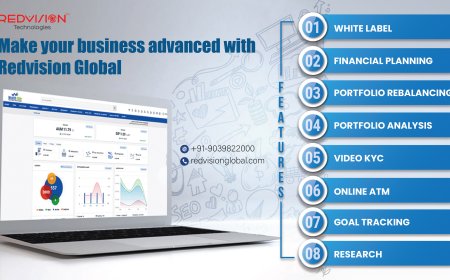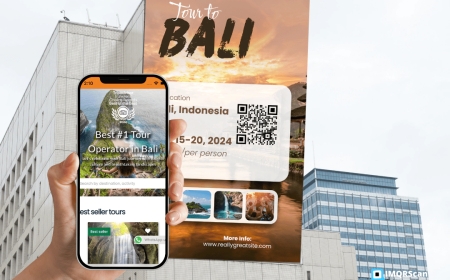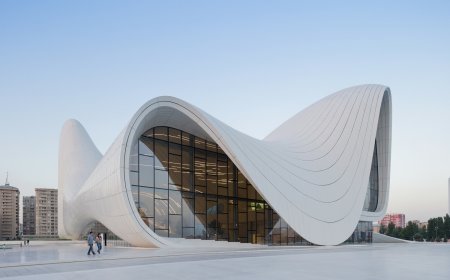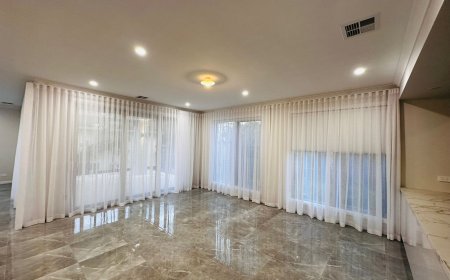Revolutionizing Filmmaking: The Rise of Virtual Production Environments
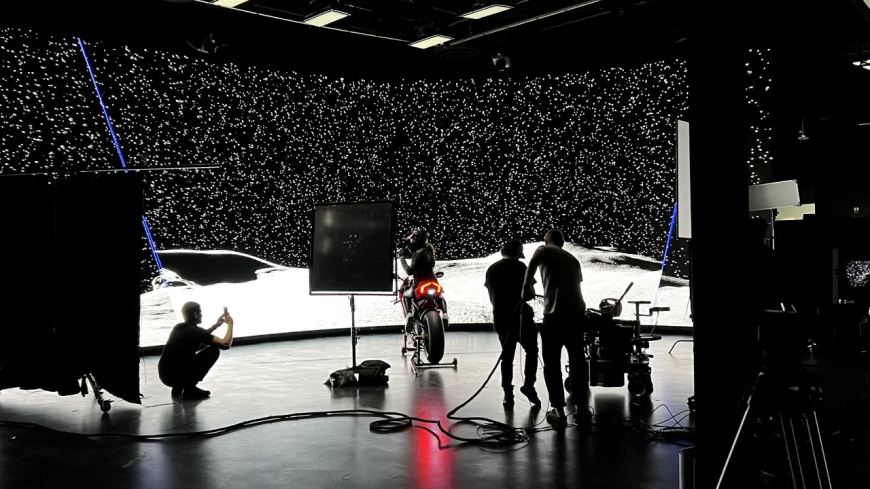
Revolutionizing Filmmaking: The Rise of Virtual Production Environments
The landscape of filmmaking has undergone a seismic shift in recent years, with virtual production environments, virtual production film studios, and XR production studios leading the charge. These innovative technologies are redefining how stories are told, blending the physical and digital worlds to create immersive, efficient, and visually stunning cinematic experiences. In this guest post, well explore the transformative power of virtual production, its key components, benefits, and real-world applications, while delving into how these advancements are shaping the future of filmmaking.
What is a Virtual Production Environment?
A virtual production environment refers to a filmmaking ecosystem that integrates real-time digital tools, virtual reality (VR), augmented reality (AR), and extended reality (XR) to create dynamic, interactive sets and scenes. Unlike traditional filmmaking, which relies heavily on physical sets, location shooting, and post-production editing, virtual production allows filmmakers to visualize and manipulate scenes in real time using game engines, LED walls, and motion capture technology.
At its core, a virtual production environment combines several cutting-edge technologies:
-
Real-time rendering: Powered by game engines like Unreal Engine or Unity, this allows filmmakers to see high-quality visuals instantly, eliminating the need for extensive post-production.
-
LED walls: Massive, high-resolution LED screens display dynamic backgrounds that react to camera movements, creating the illusion of real-world environments.
-
Motion capture and tracking: Actors movements and camera angles are tracked in real time, ensuring seamless integration between physical performances and digital environments.
-
XR technologies: Combining VR, AR, and mixed reality (MR), XR production studios enable filmmakers to blend physical and virtual elements for a more immersive storytelling experience.
This convergence of technologies empowers directors, cinematographers, and production teams to make creative decisions on the fly, reducing costs and accelerating workflows.
The Role of Virtual Production Film Studios
A virtual production film studio is a specialized facility designed to house these advanced technologies. Unlike traditional studios with green screens or static sets, these studios are equipped with LED walls, high-performance computers, and sophisticated tracking systems. The result is a space where filmmakers can shoot scenes in a controlled environment while interacting with fully realized digital worlds.
For example, a virtual production film studio might feature a large LED volumea curved wall of LED panels that displays photorealistic backgrounds, such as a futuristic cityscape or a lush jungle. These backgrounds are rendered in real time, allowing actors to immerse themselves in the environment and directors to see the final shot as its being filmed. This eliminates the guesswork associated with green screen filming, where actors must perform against a blank backdrop and rely on post-production to fill in the scene.
Major studios like ILM (Industrial Light & Magic) and Weta Digital have embraced virtual production film studios, using them to create blockbusters like The Mandalorian and Avatar: The Way of Water. The technology has also democratized filmmaking, enabling smaller studios and independent filmmakers to access virtual production tools through affordable software and rental facilities.
XR Production Studios: Expanding Creative Horizons
An XR production studio takes virtual production a step further by incorporating extended reality technologies. XR encompasses VR, AR, and MR, creating a hybrid environment where physical and digital elements coexist seamlessly. These studios are particularly valuable for projects that require complex interactions between real-world actors and virtual objects or characters.
In an XR production studio, filmmakers can:
-
Overlay digital assets onto physical sets, allowing actors to interact with virtual props or characters in real time.
-
Use AR headsets to visualize scenes before shooting, enabling precise planning and adjustments.
-
Create fully immersive VR environments for previsualization (previs), where directors and crew can walk through a digital set before construction begins.
XR production studios are also gaining traction in other industries, such as gaming, advertising, and live events. For instance, XR technology has been used to create interactive concert experiences, where performers appear alongside holographic effects or virtual environments. In filmmaking, XR studios enable creators to push the boundaries of storytelling, blending practical effects with digital wizardry to craft experiences that feel both grounded and fantastical.
Benefits of Virtual Production Environments
The adoption of virtual production environments, virtual production film studios, and XR production studios has brought numerous advantages to the filmmaking process. Here are some of the key benefits:
1. Enhanced Creative Control
Virtual production allows filmmakers to see the final shot in real time, enabling immediate adjustments to lighting, camera angles, or set design. This level of control reduces the need for costly reshoots and empowers directors to experiment with creative choices on set.
2. Cost and Time Efficiency
By minimizing reliance on physical sets, location shooting, and post-production, virtual production can significantly reduce budgets and timelines. For example, a single LED volume can replace multiple physical sets, and real-time rendering eliminates weeks of VFX work.
3. Immersive Performances
Actors can perform in a fully realized environment, rather than a green screen void. This enhances their ability to connect with the scene, resulting in more authentic performances. For instance, in The Mandalorian, actors like Pedro Pascal could see the alien landscapes of Tatooine projected on LED walls, making their performances more natural.
4. Sustainability
Virtual production reduces the environmental impact of filmmaking by minimizing travel, set construction, and waste. Digital environments can be reused or modified without physical resources, aligning with the industrys growing focus on sustainability.
5. Accessibility for Independent Filmmakers
Thanks to advancements in game engines and affordable hardware, virtual production is no longer exclusive to big-budget studios. Independent filmmakers can access tools like Unreal Engine for free or rent virtual production facilities, leveling the playing field.
Real-World Applications and Case Studies
The impact of virtual production environments is evident in several high-profile projects. Lets explore a few notable examples:
The Mandalorian (Disney+)
Perhaps the most famous use of virtual production, The Mandalorian utilized ILMs StageCraft technology, which features a massive LED volume called The Volume. This allowed the production team to create the sprawling deserts and alien worlds of the Star Wars universe without leaving a Los Angeles soundstage. The real-time rendering of environments reduced post-production costs and enabled director Jon Favreau to make creative decisions on set.
Avatar: The Way of Water (20th Century Studios)
James Camerons Avatar sequel pushed the boundaries of virtual production by combining motion capture, real-time rendering, and XR technologies. The films underwater scenes were created using a virtual production environment that allowed actors to perform in a simulated ocean, with digital water effects rendered in real time. This approach streamlined the complex VFX pipeline and delivered breathtaking visuals.
Independent Filmmaking
Smaller studios are also embracing virtual production. For example, a low-budget sci-fi short film might use Unreal Engine to create a futuristic cityscape, rendered on a rented LED wall. By combining practical costumes with digital environments, independent filmmakers can achieve Hollywood-level visuals without breaking the bank.
Challenges and Future Directions
While virtual production environments offer immense potential, they are not without challenges. The initial setup cost for a virtual production film studio, including LED walls and high-performance computers, can be significant. Additionally, the technology requires a skilled workforce trained in game engines, motion capture, and XR systems. As the industry evolves, training programs and educational initiatives are emerging to bridge this skills gap.
Looking ahead, the future of virtual production is bright. Advances in AI, machine learning, and cloud computing are expected to make virtual production tools even more accessible and powerful. For instance, AI-driven asset creation could enable filmmakers to generate photorealistic environments with minimal manual effort. Cloud-based rendering could allow smaller studios to access high-end computing power without investing in expensive hardware.
Moreover, the integration of virtual production with emerging technologies like the metaverse could open new storytelling possibilities. Imagine a film where audiences can step into the virtual production environment as interactive participants, experiencing the story in a fully immersive way.
How to Get Started with Virtual Production
For filmmakers interested in exploring virtual production, here are some practical steps to get started:
-
Learn the Tools: Familiarize yourself with game engines like Unreal Engine or Unity. Both offer free versions and extensive tutorials for beginners.
-
Experiment with Previs: Use VR tools to create previsualizations of your scenes, allowing you to test ideas before committing to a full shoot.
-
Partner with Studios: If building a virtual production film studio is out of reach, consider renting time at an existing facility or collaborating with a studio that specializes in XR production.
-
Invest in Training: Ensure your team is trained in virtual production workflows, including real-time rendering, motion capture, and LED wall operation.
-
Start Small: Begin with a small project, such as a short film or commercial, to test the technology and build confidence before scaling up.
Conclusion
The rise of virtual production environments, virtual production film studios, and XR production studios marks a new era in filmmaking. These technologies empower creators to push creative boundaries, streamline workflows, and deliver breathtaking visuals while reducing costs and environmental impact. From blockbuster franchises to independent projects, virtual production is democratizing the art of storytelling, making it accessible to filmmakers of all budgets and backgrounds.
As the technology continues to evolve, we can expect even more innovative applications, from AI-driven environments to metaverse-inspired narratives. For filmmakers, now is the time to embrace virtual production and explore its limitless possibilities. Whether youre a seasoned director or an aspiring creator, the tools of virtual production are ready to bring your vision to life.








